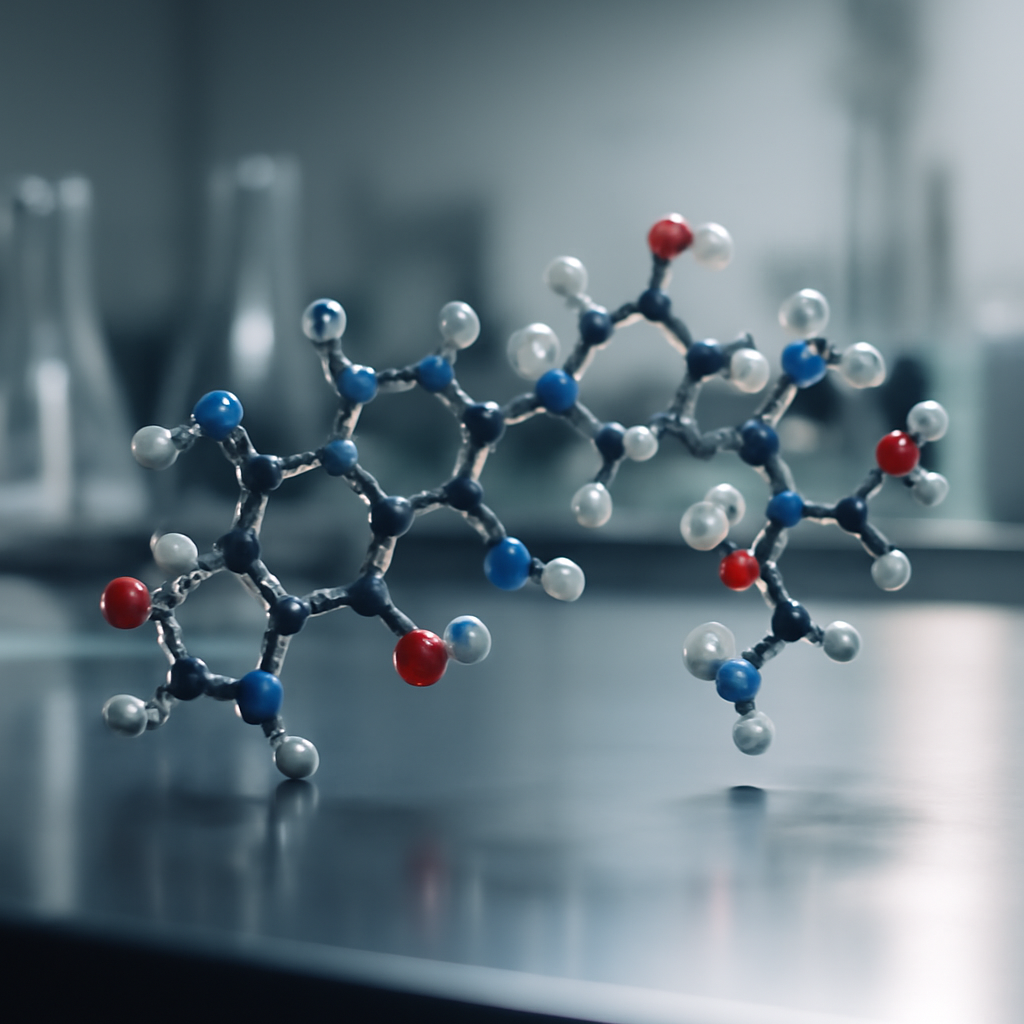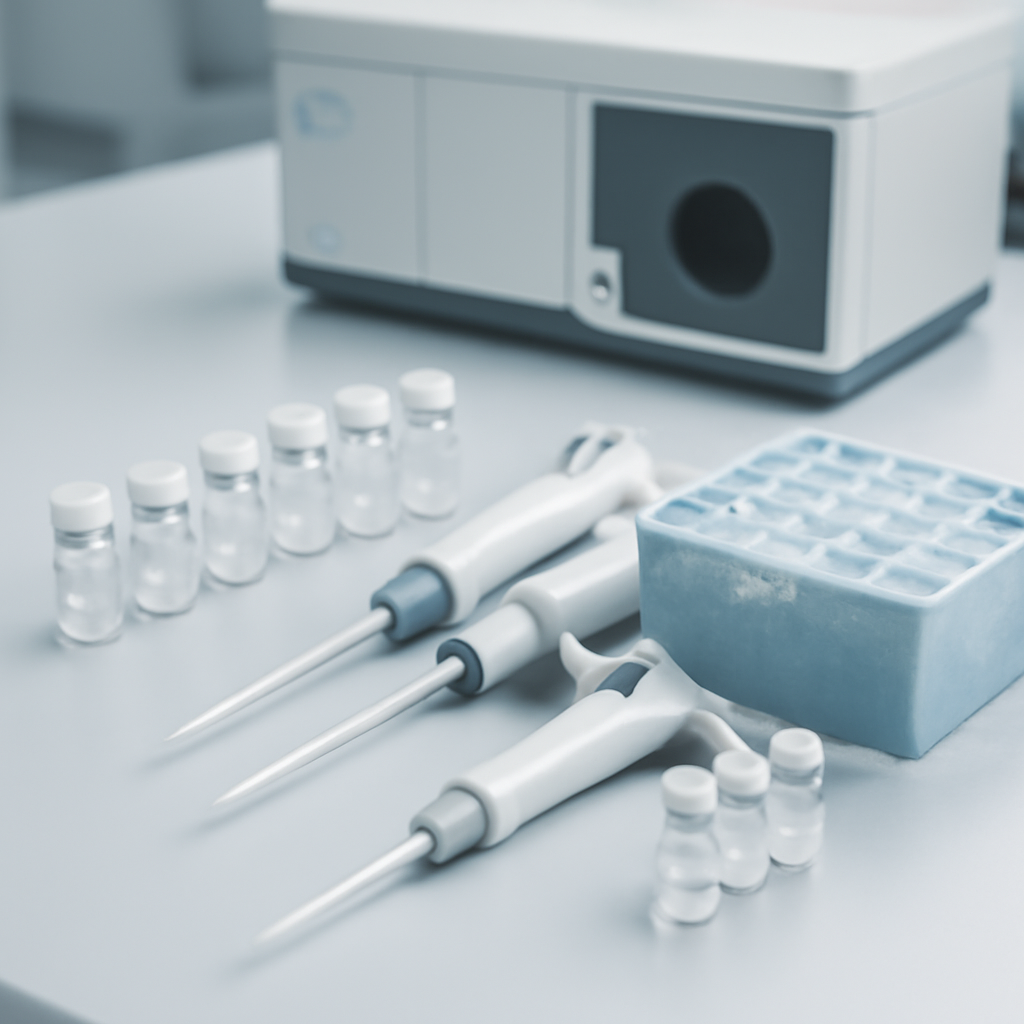Peptides like GHRP-6 and GHRH are increasingly studied in non-clinical research for their roles in growth hormone regulation and potential applications in various scientific fields. GHRP-6 (Growth Hormone Releasing Peptide-6) and GHRH (Growth Hormone Releasing Hormone) are synthetic peptides that stimulate the release of growth hormone (GH) from the pituitary gland. While they share a common goal—enhancing GH secretion—they do so via different mechanisms and have distinct characteristics. Understanding the differences between GHRP-6 and GHRH is essential for researchers and labs looking to buy peptides UK supplies, or to learn about their applications and handling. This guide provides a comprehensive comparison to clarify what does GHRP-6 vs GHRH do, their mechanisms, and how they are used in laboratory settings.
How does GHRP-6 vs GHRH: Key differences explained work?
GHRP-6 and GHRH stimulate growth hormone secretion by acting on different receptors in the body. GHRH, naturally produced in the hypothalamus, binds to GHRH receptors in the pituitary gland, directly stimulating GH release. Conversely, GHRP-6 mimics the action of ghrelin, binding to the ghrelin receptor (GHS-R) in the pituitary and hypothalamus, which indirectly prompts GH secretion. Both peptides can be used in research to explore growth hormone regulation, but their effects, timing, and duration vary.
- How long does GHRP-6 vs GHRH: Key differences explained take to work? Typically, GHRP-6 induces a rapid GH release, often within 15-30 minutes after administration, with effects lasting about 1-2 hours. GHRH may take slightly longer to peak, around 20-40 minutes, with a duration of action similar to GHRP-6. The timing can depend on dose, administration route, and individual factors.
- GHRP-6 vs GHRH: Key differences explained half-life GHRP-6 has a relatively short half-life, approximately 15-30 minutes, leading to a quick onset and decline. GHRH’s half-life is also short, around 5-10 minutes in circulation, but modifications or sustained-release formulations can alter this profile.
- GHRP-6 vs GHRH: Key differences explained mechanism The main distinction lies in their receptor targets: GHRP-6 acts on ghrelin receptors to stimulate GH release, while GHRH targets GHRH receptors. This difference influences their response patterns, the potential for synergistic effects, and their use in research protocols.
Why is GHRP-6 vs GHRH: Key differences explained becoming so popular?
Interest in GHRP-6 and GHRH has surged on platforms like Reddit and TikTok, where researchers and enthusiasts discuss their roles in growth hormone research. PubMed publications have also increased, reflecting growing scientific interest. Comparisons such as GHRP-6 vs GHRH: Key differences explained vs other peptides like Sermorelin or Ipamorelin highlight their unique mechanisms. Peptides UK is trusted by hundreds of laboratories across the UK for supplying compliant peptides used in non-clinical research environments, ensuring quality and safety.
Key questions about GHRP-6 vs GHRH: Key differences explained
Where to buy GHRP-6 vs GHRH: Key differences explained in the UK?
Buyers should seek reputable suppliers like Peptides UK, which offers high-purity, compliant peptides for research use. Ensure the supplier provides Certificates of Analysis (COAs) and adheres to UK regulations for research peptides.
How much does GHRP-6 vs GHRH: Key differences explained cost?
Pricing varies depending on supplier, purity, and quantity. Generally, research peptides like GHRP-6 and GHRH are priced per milligram, with bulk discounts available. Always verify purity and COA documentation before purchasing.
What’s the correct reconstitution protocol?
GHRP-6 and GHRH are typically reconstituted with bacteriostatic water. The recommended ratio often ranges from 1 mg per 1 mL to 2 mL of sterile water, depending on desired concentration. Follow supplier instructions carefully for accurate dosing.
Storage, injection, and usage protocols
• Where do you inject GHRP-6 vs GHRH? In research settings, injections are usually subcutaneous, with injection sites including the abdomen, thigh, or upper arm.
• How long does GHRP-6 vs GHRH last after mixing? Typically, reconstituted peptides should be used within 24-48 hours when stored at 2-8°C to maintain stability.
• What bac water ratio to use? The ratio depends on the desired concentration but commonly 1 mg per 1 mL of bacteriostatic water is used for ease of dosing.
Legal and safety information
In the UK, the sale and use of research peptides like GHRP-6 and GHRH are legal when purchased for laboratory research purposes. Always verify supplier credentials, purity standards, and request third-party COAs. Handling and storage should comply with safety guidelines to ensure product integrity and researcher safety.
Summary
GHRP-6 and GHRH are valuable tools in growth hormone research, each with distinct mechanisms and profiles. Understanding their differences helps scientists choose the appropriate peptide for their experiments. When buying peptides UK-based, always select reputable suppliers like Peptides UK to ensure quality and compliance.
Additional questions:
How much BPC 157 should I take? BPC 157 dosage varies depending on research protocols, typically ranging from 200-500 mcg per injection.
Where do you inject Semax? Semax is usually administered via nasal spray or intranasal route.
How long does GHK-Cu last? GHK-Cu stability depends on storage conditions, but it generally remains effective for several days to weeks when stored properly in a cool, dark place.
Disclaimer: This article is for informational purposes only. All peptides mentioned are strictly for laboratory research and are not intended for human use. Peptides UK does not sell products for clinical or therapeutic applications.


